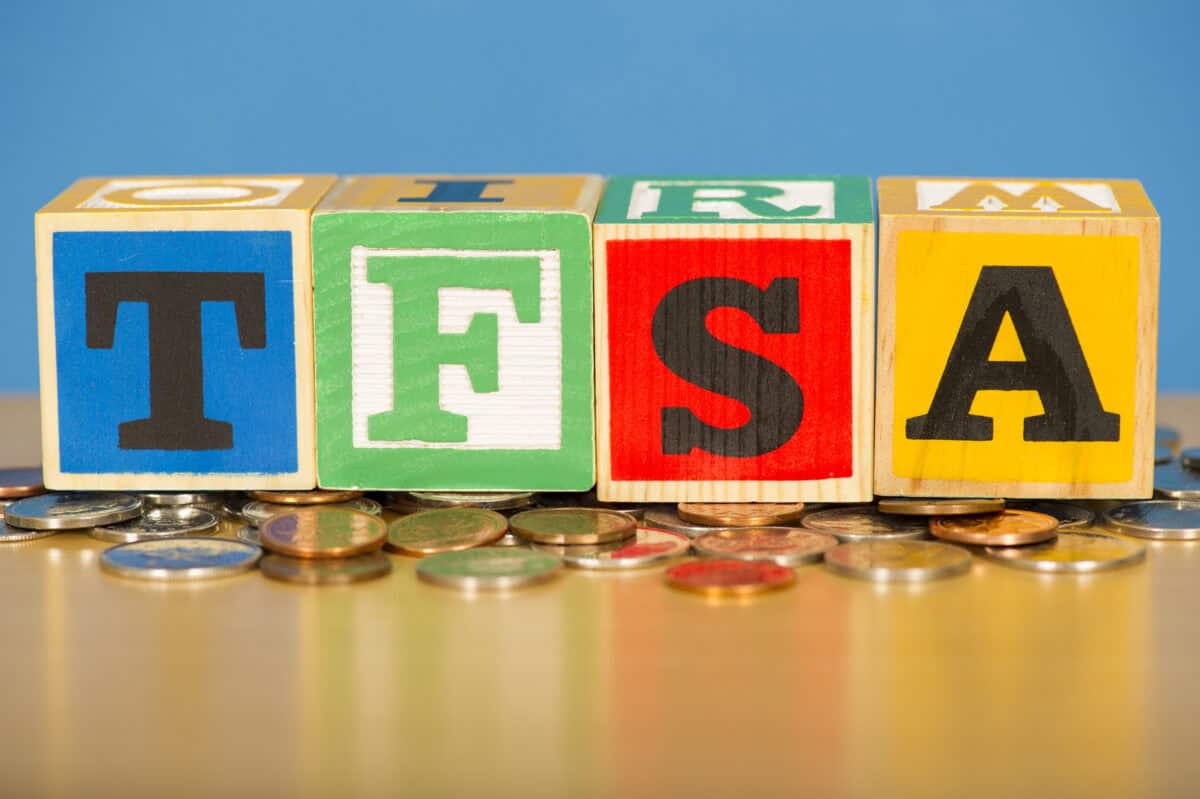The Canada Revenue Agency (CRA) keeps a watchful eye on Tax-Free Savings Accounts (TFSAs). That’s to ensure they’re used as intended, for personal savings and investments, not as vehicles for business-like activities. When TFSA holders engage in behaviours that deviate from this purpose, it raises red flags for the CRA. So today, let’s look at some red flags for investors to avoid.
The red flags
One such red flag is frequent trading within a TFSA. While the account is designed for long-term investments, some individuals treat it like a day-trading platform. This high-frequency trading can lead the CRA to classify the income as business income, which is taxable, undermining the tax-free advantage of the TFSA.
Another concern is over-contribution. The TFSA has annual contribution limits, which, if exceeded, result in penalties. For 2025, the limit is $7,000. Contributing beyond this incurs a 1% tax per month on the excess amount until it’s withdrawn. It’s essential to monitor contributions across all TFSAs to avoid this pitfall.
Holding foreign dividend-paying investments in a TFSA can also attract scrutiny. Dividends from foreign stocks, such as U.S. companies, are often subject to withholding taxes, typically around 15%. This diminishes returns and can negate some benefits of the TFSA. Focusing on Canadian investments can maximize tax efficiency.
Pick up an ETF
To navigate these challenges, consider investing in diversified exchange-traded funds (ETFs) that align with the TFSA’s purpose. One such option is the Vanguard FTSE Canada All Cap Index ETF (TSX:VCN). This ETF provides comprehensive exposure to the Canadian stock market, encompassing large, medium, and small-cap companies. This diversification spreads risk and aligns with a long-term investment strategy, which the CRA favours.
As of writing, VCN boasted a year-long return of 21%. Its management expense ratio (MER) is a low 0.05%, ensuring that more of your money works for you. The ETF’s top holdings include reputable companies, offering a balanced mix of sectors. Looking ahead, VCN’s diversified portfolio positions it well to capture the growth of the Canadian economy.
By investing in VCN within your TFSA, you adhere to CRA guidelines by maintaining a passive, long-term investment approach. This strategy minimizes red flags and allows you to reap the benefits of tax-free growth. So being mindful of the CRA’s red flags and choosing investments like VCN can help you maximize your TFSA’s potential. By avoiding over-contribution, limiting frequent trading, focusing on Canadian dividend-paying stocks, and steering clear of business activities within your TFSA, you can enjoy the tax-free advantages without unwanted CRA attention.
Bottom line
It’s worth noting that the CRA’s primary goal is to ensure that TFSAs are used appropriately. By staying informed and adhering to the guidelines, you can make the most of your TFSA without any issues. Regularly reviewing your investment strategy and staying within the prescribed limits will keep your account in good standing.
So, while the CRA monitors TFSA activities to prevent misuse, adhering to the rules and focusing on long-term, diversified investments can help you maximize the benefits of your TFSA. Investing in options like the Vanguard FTSE Canada All Cap Index ETF not only aligns with CRA guidelines. It also offers a robust opportunity for growth within your tax-free savings account.









